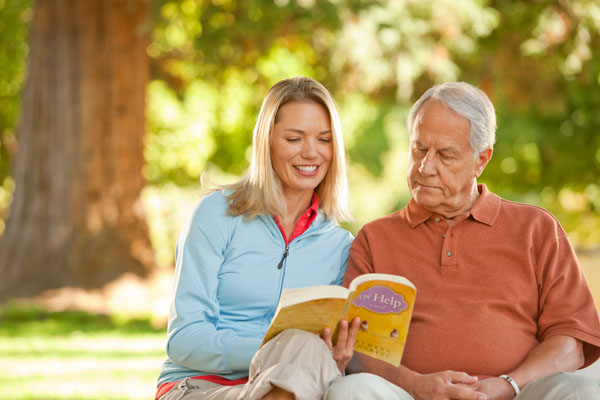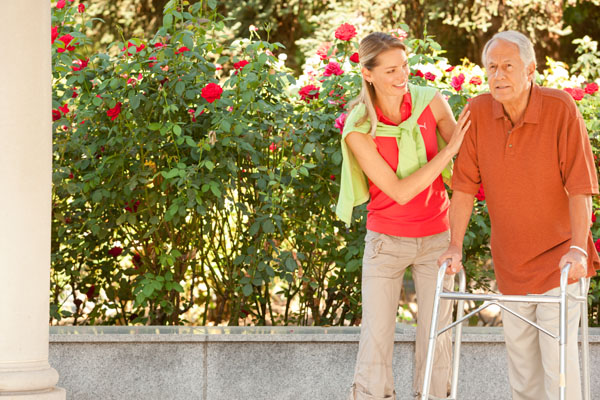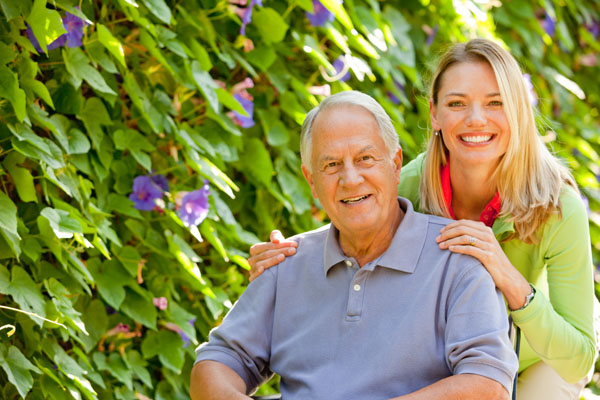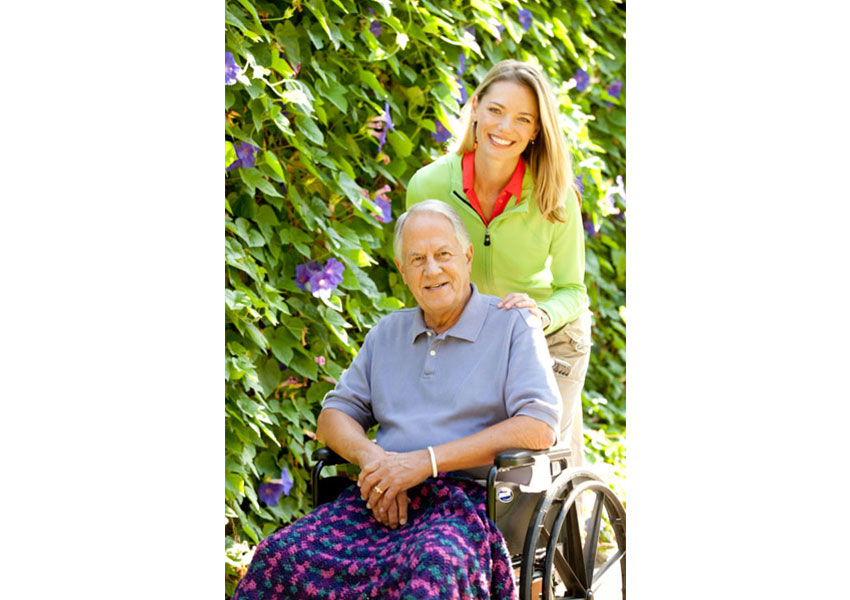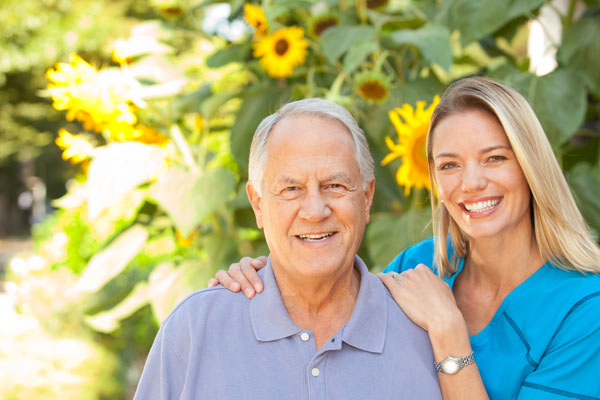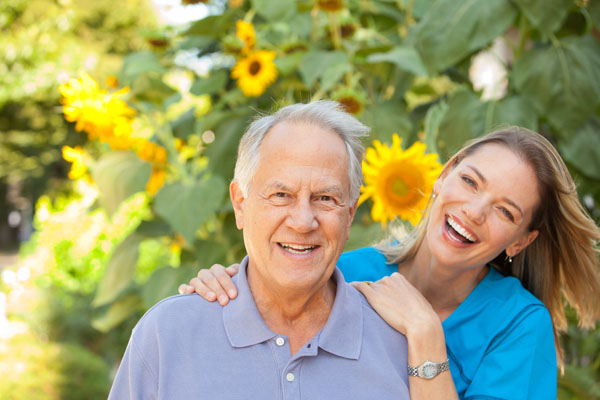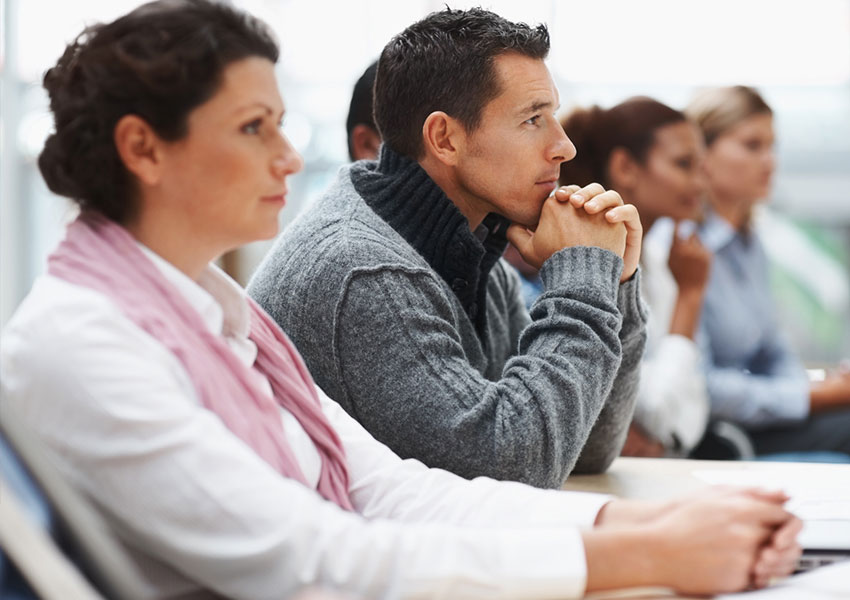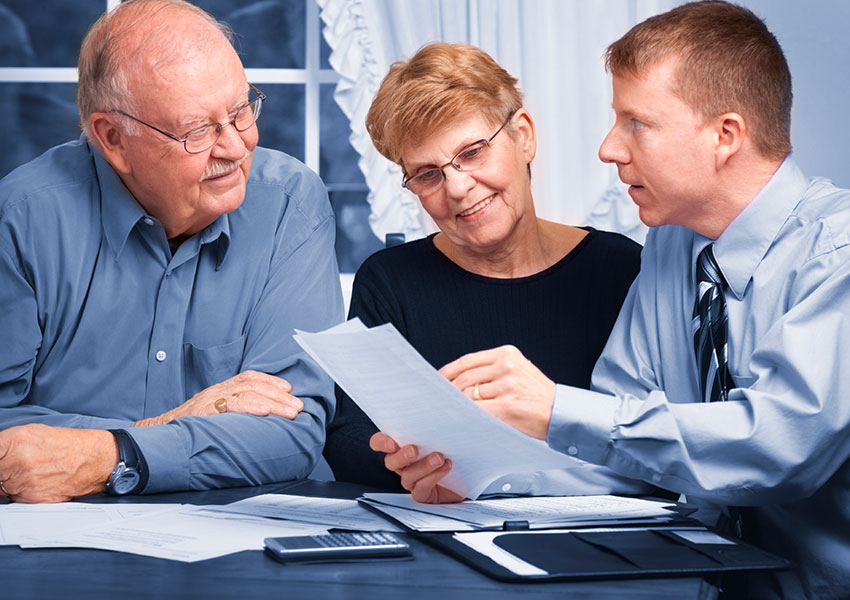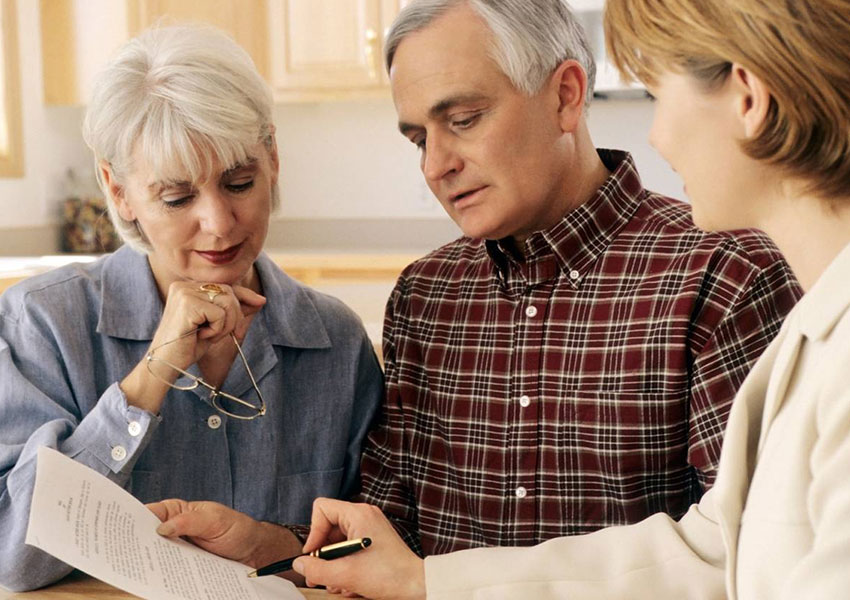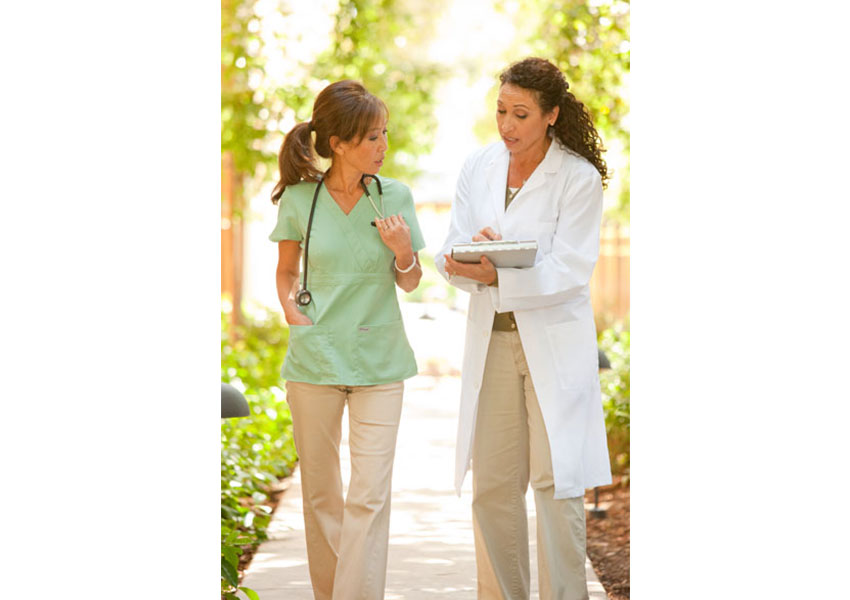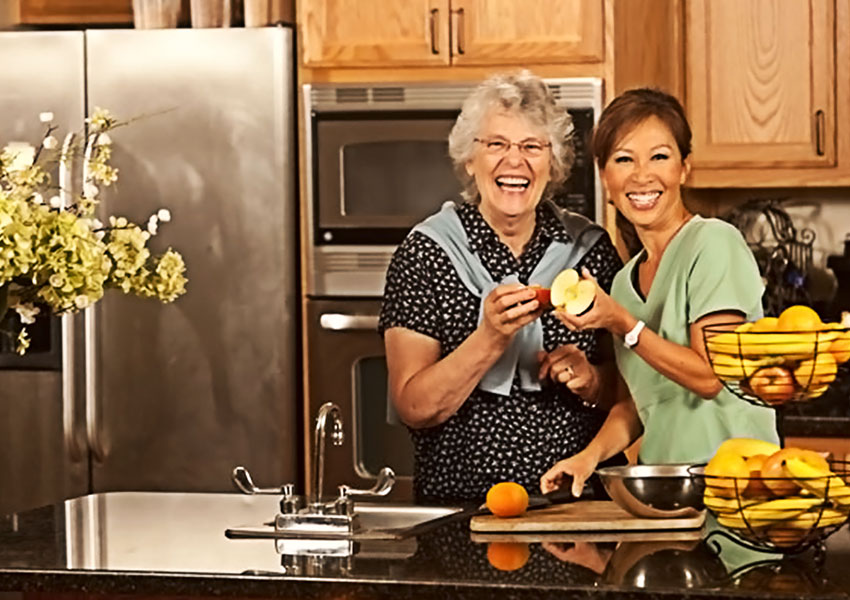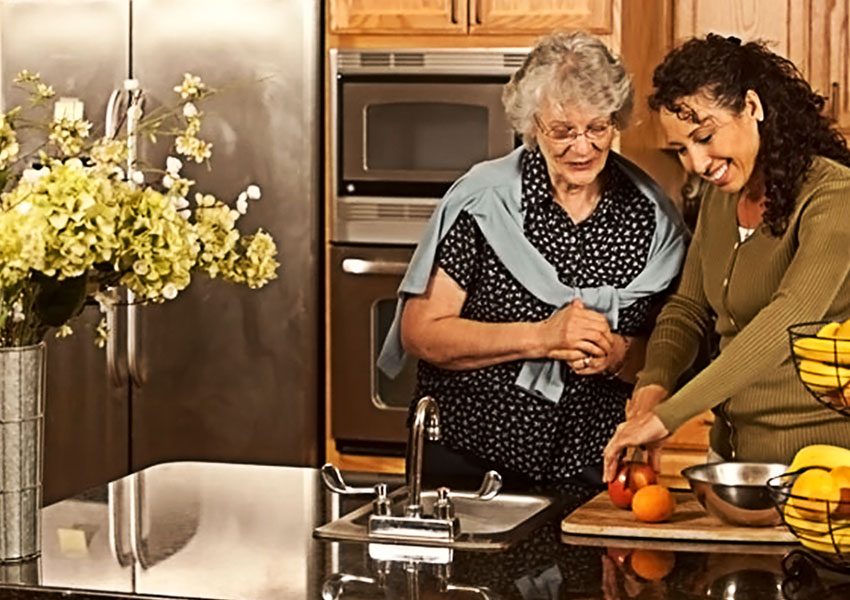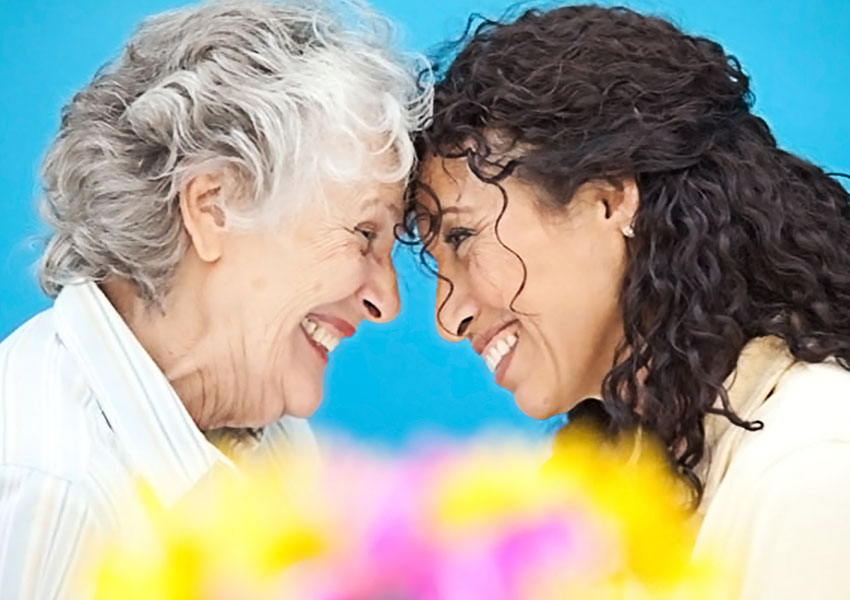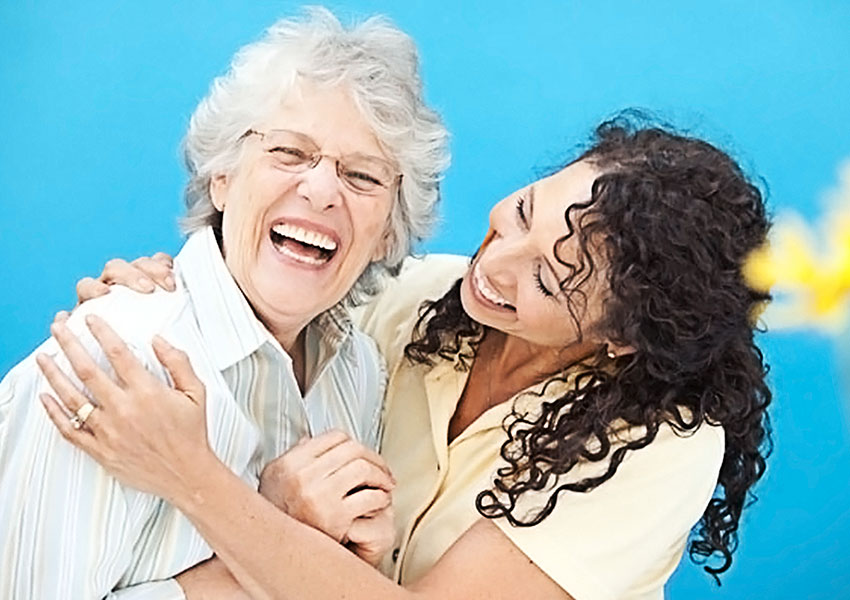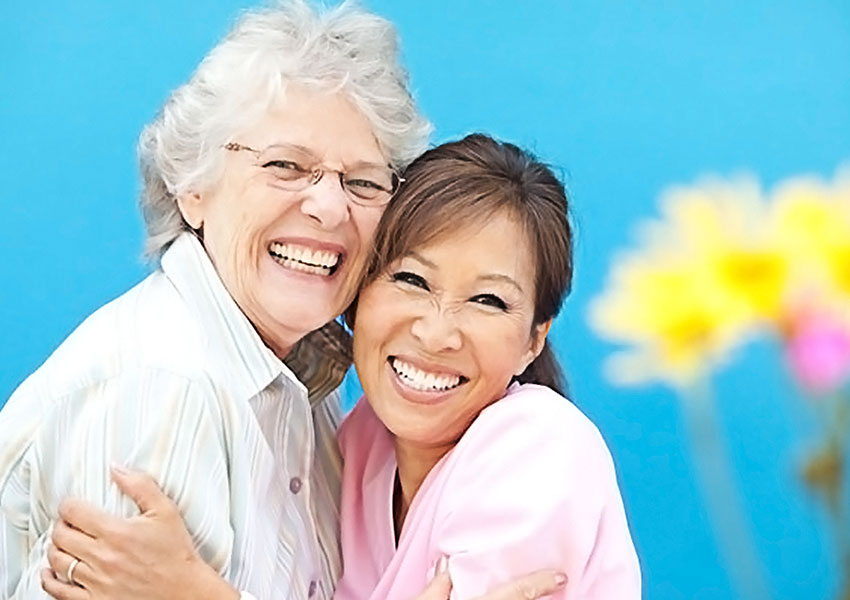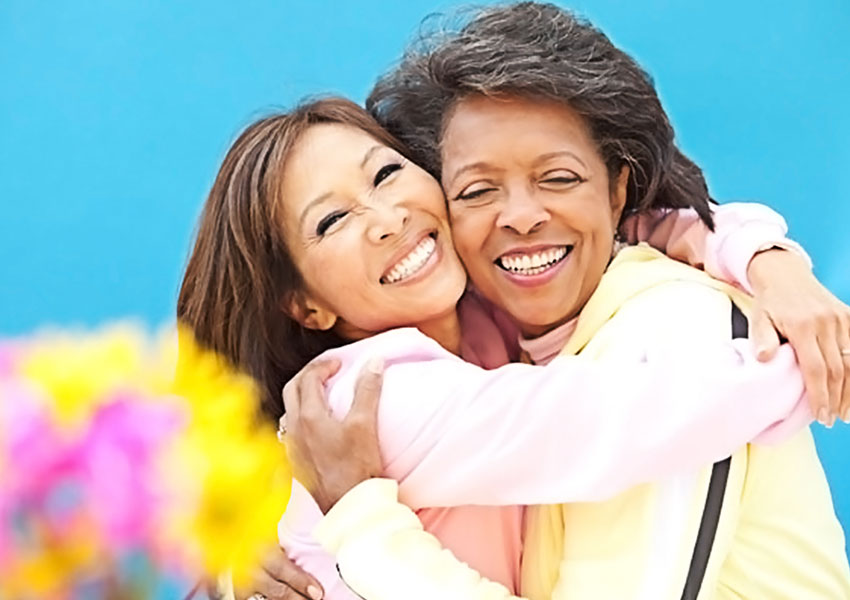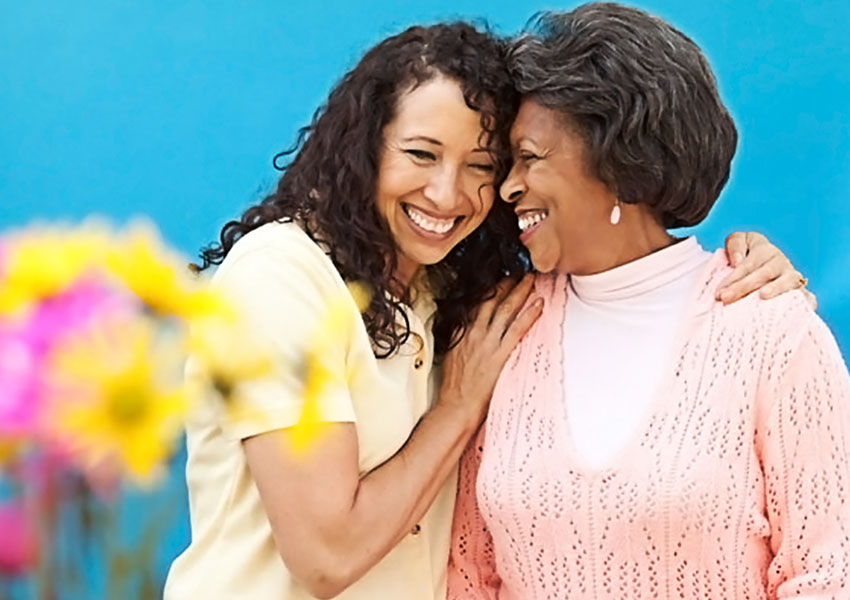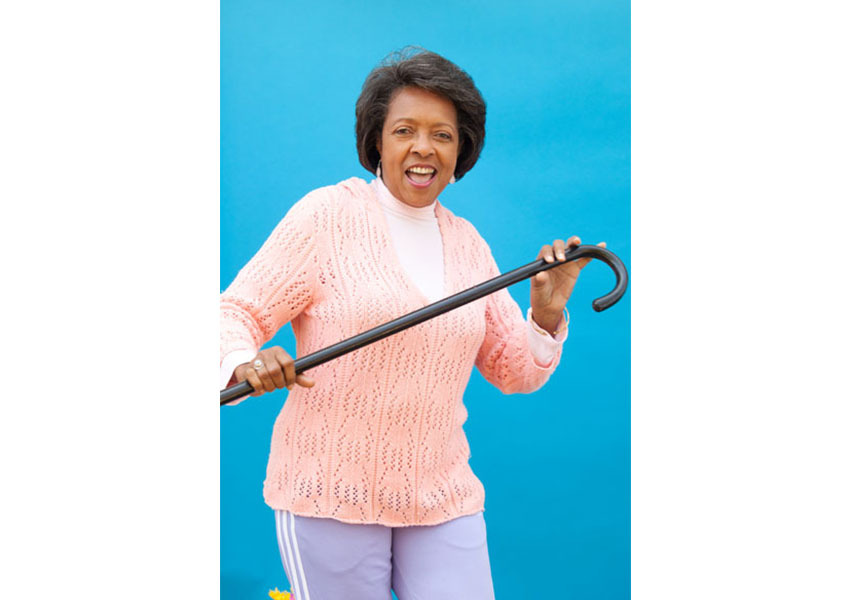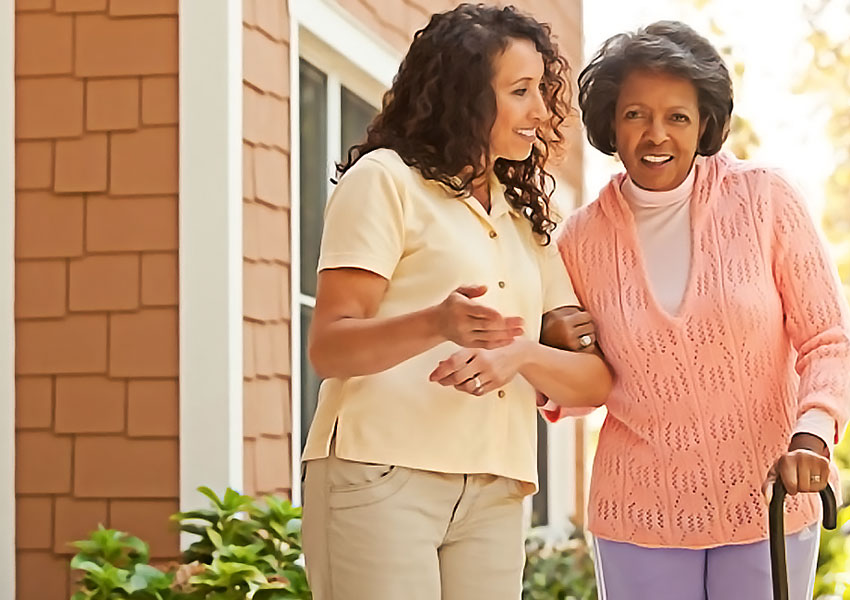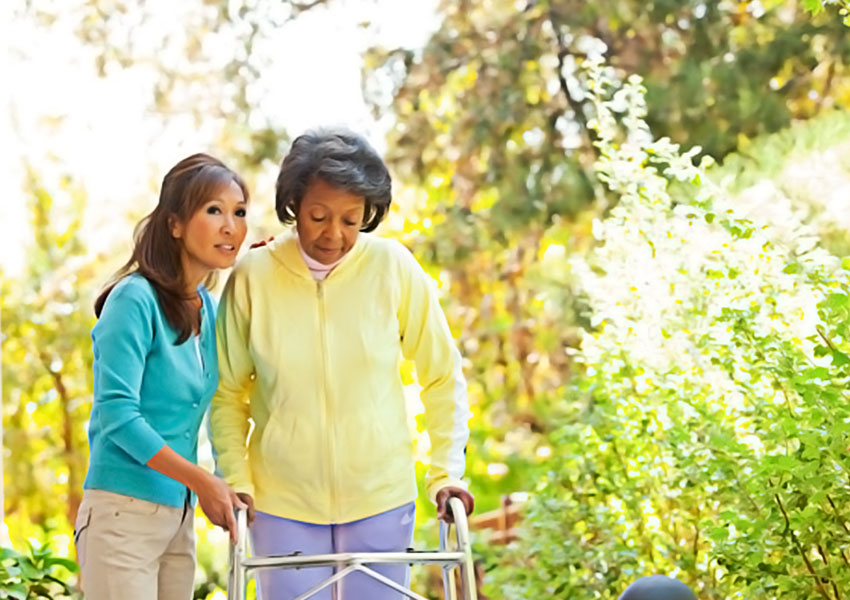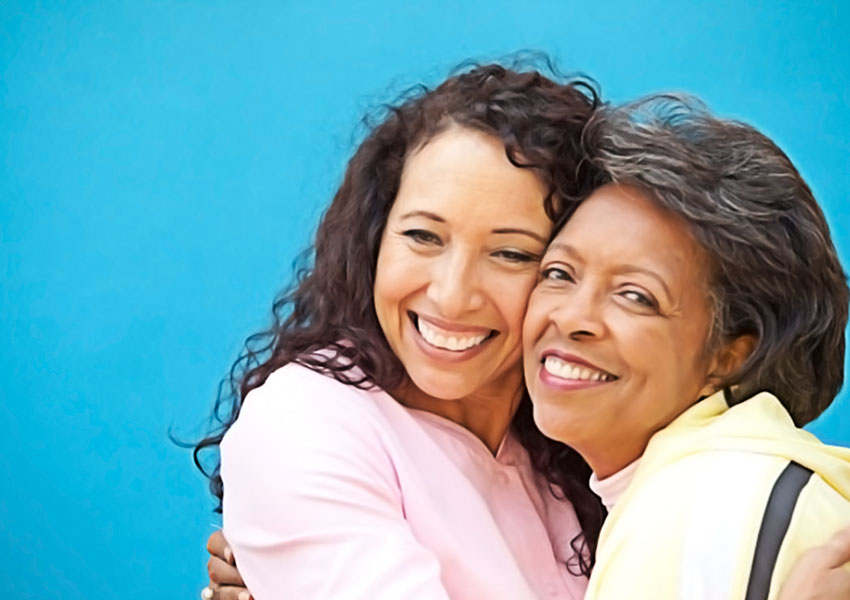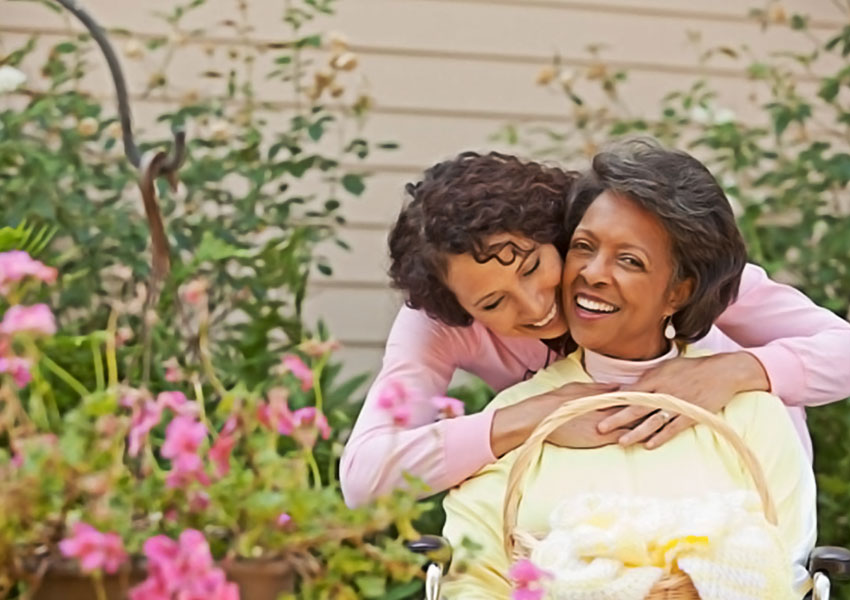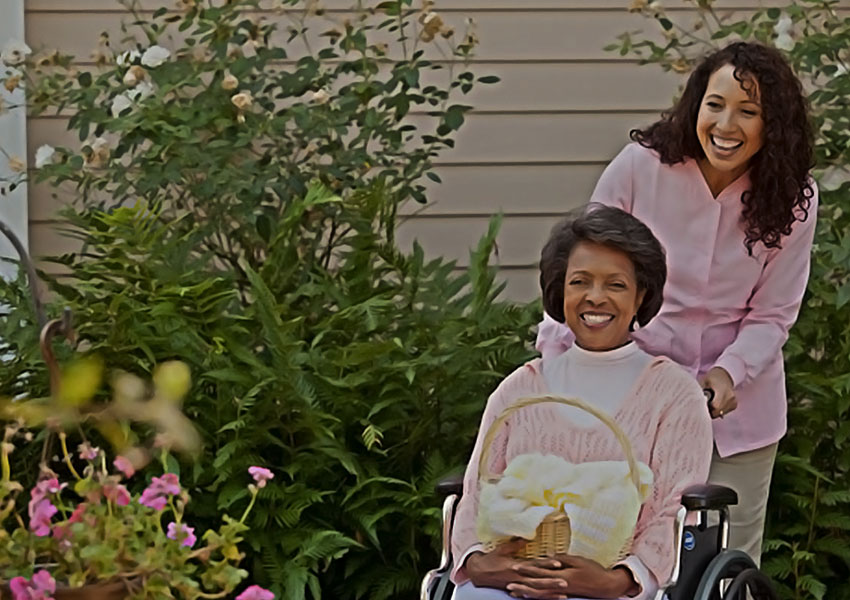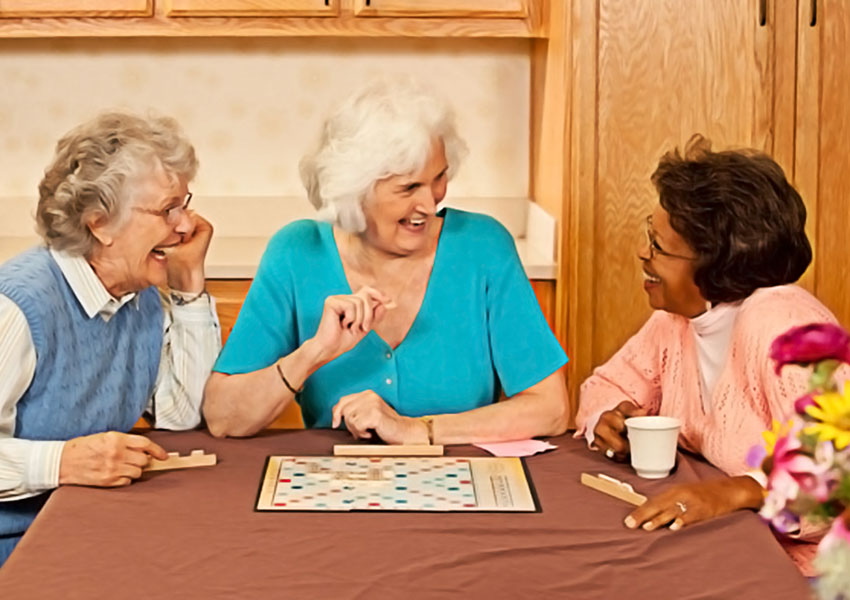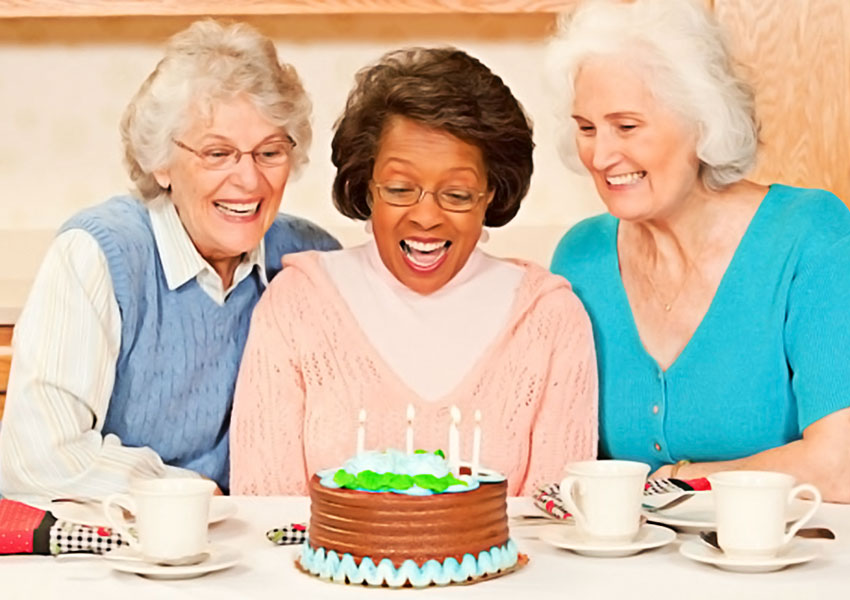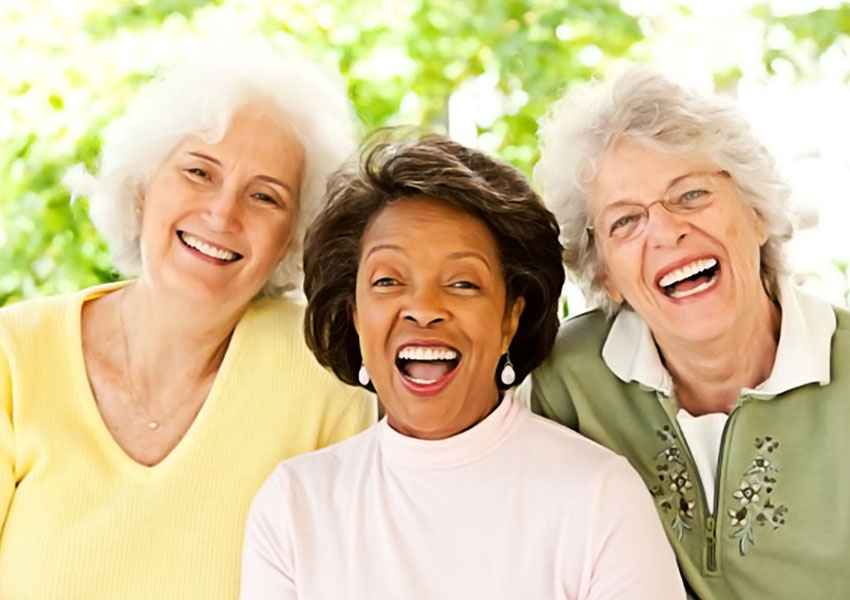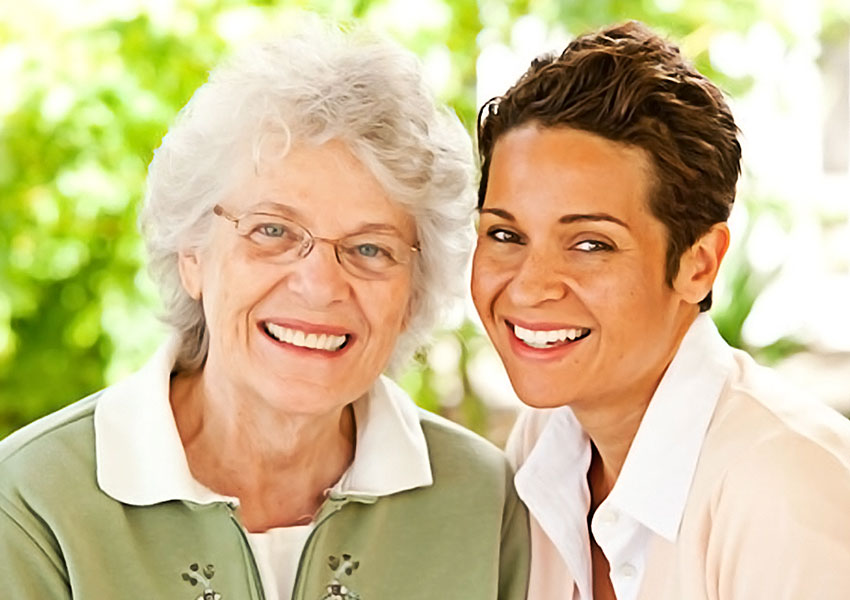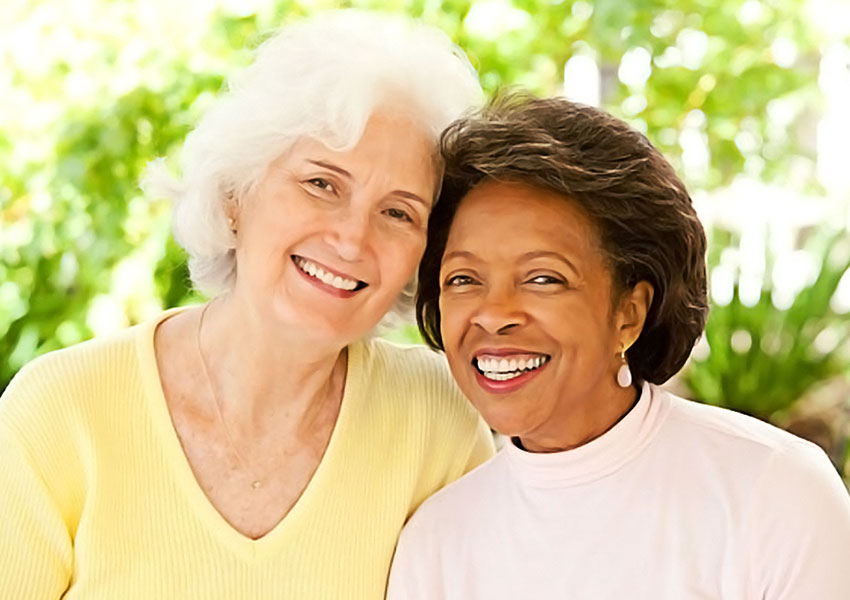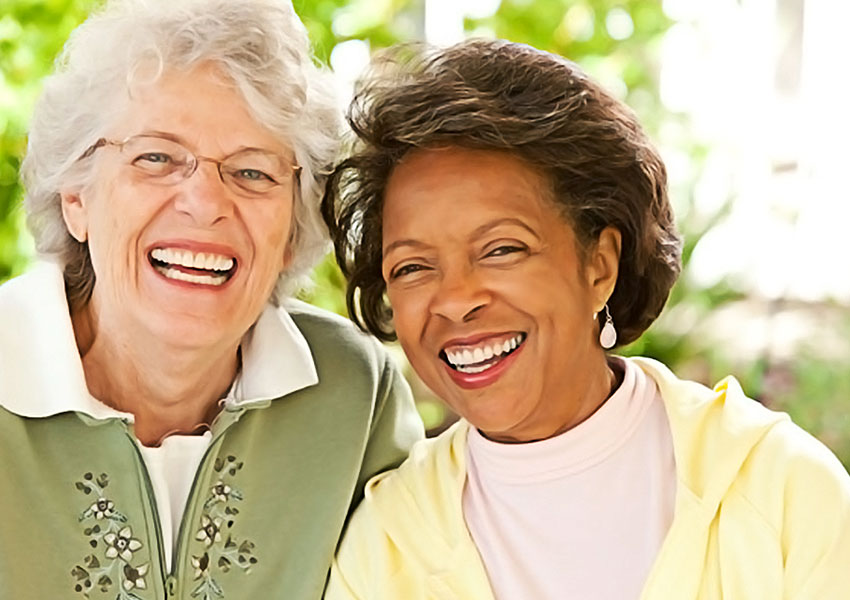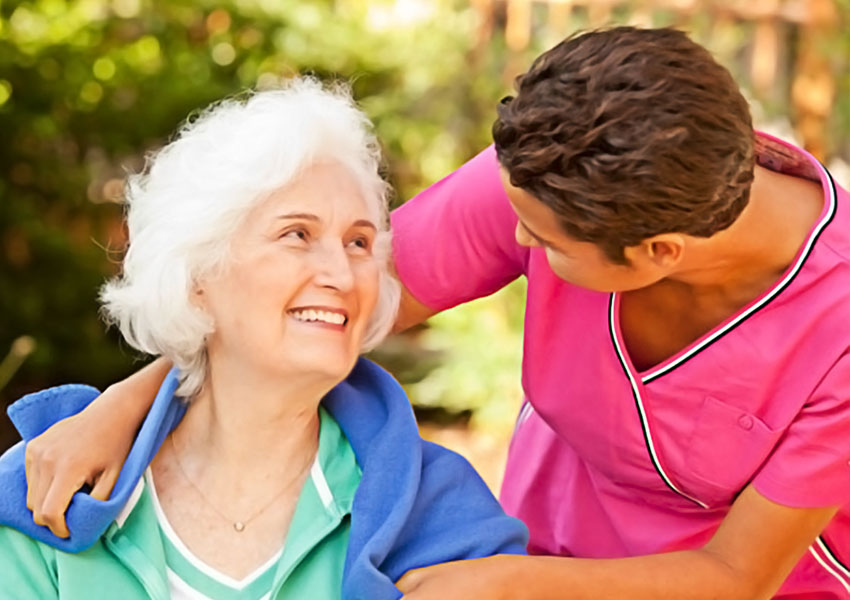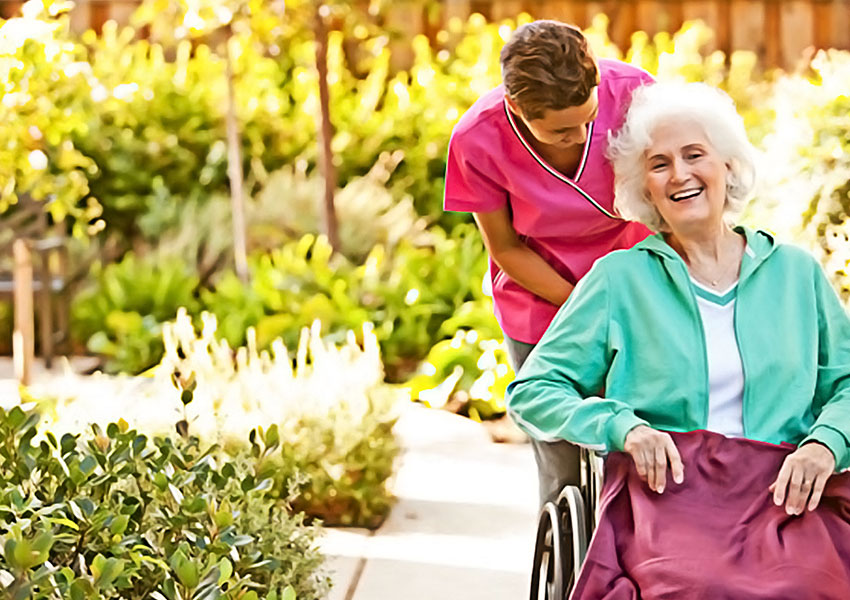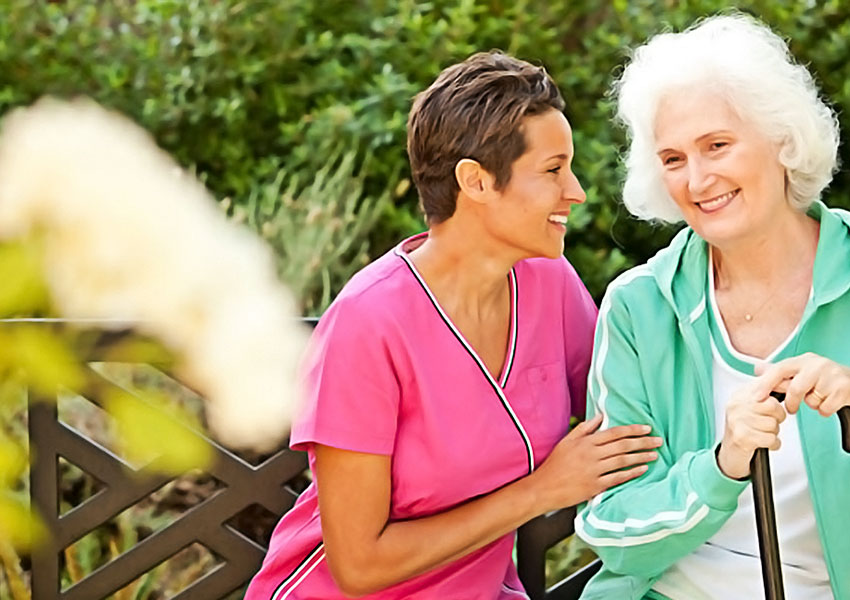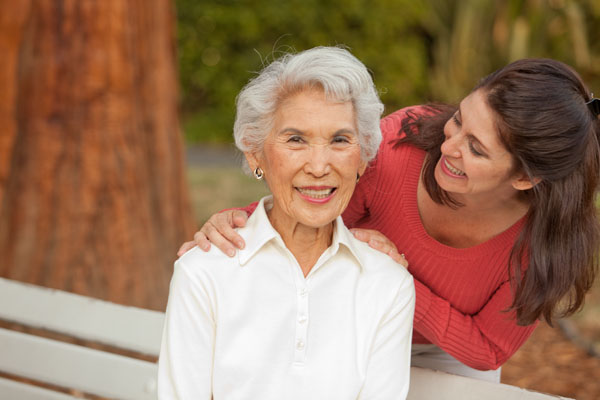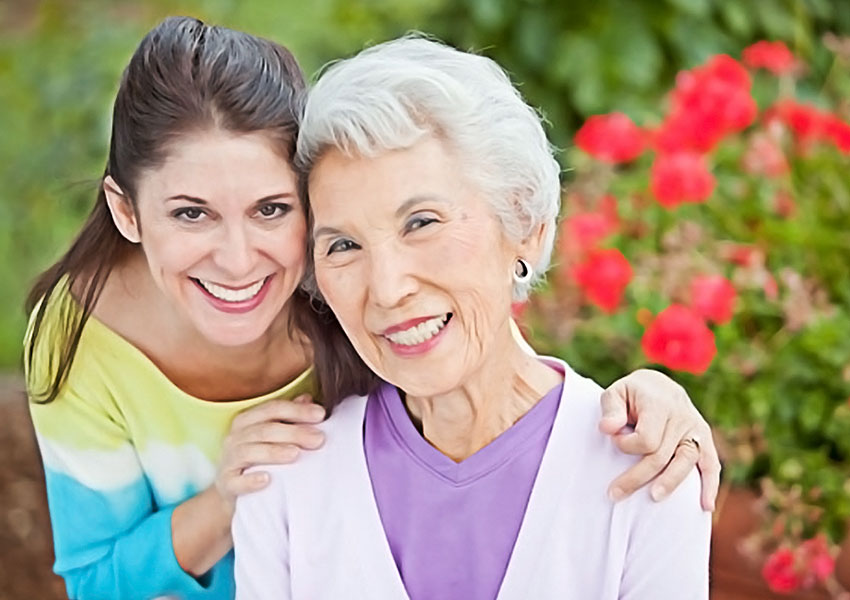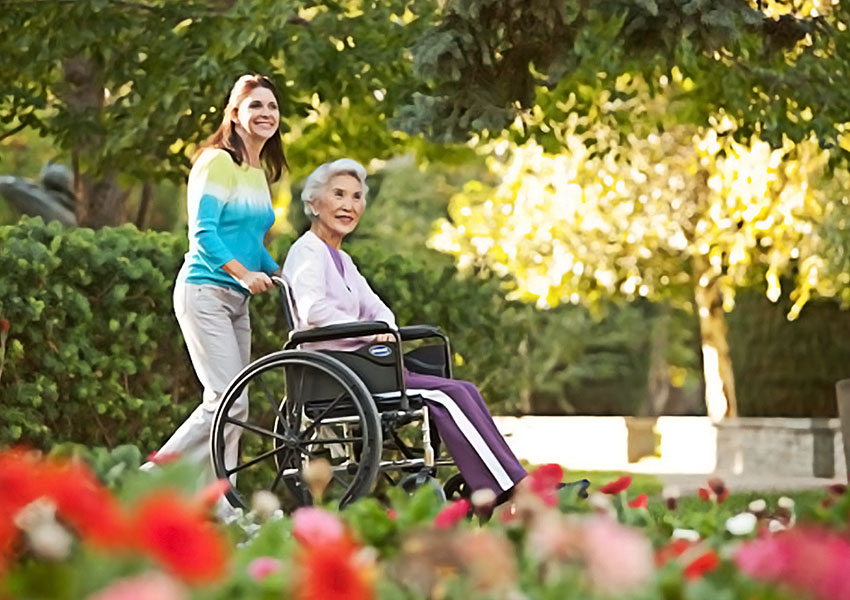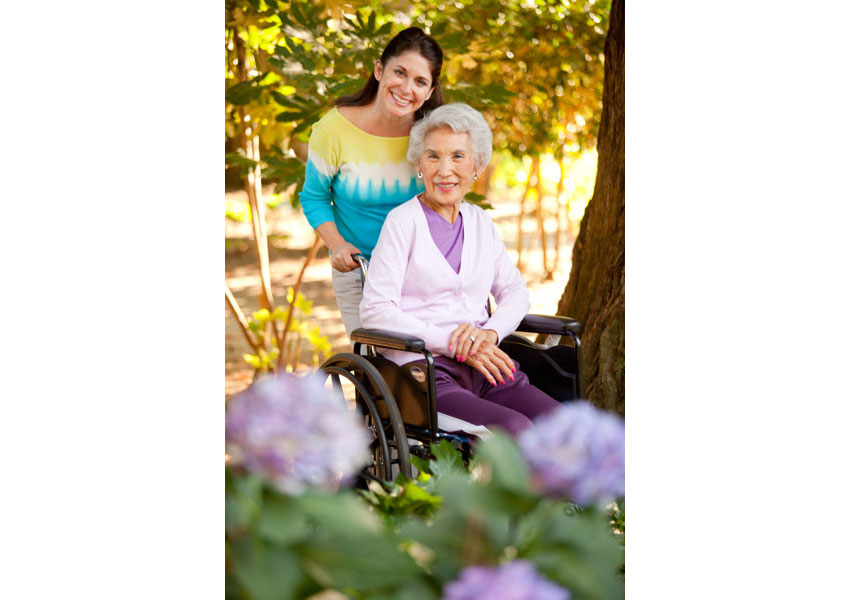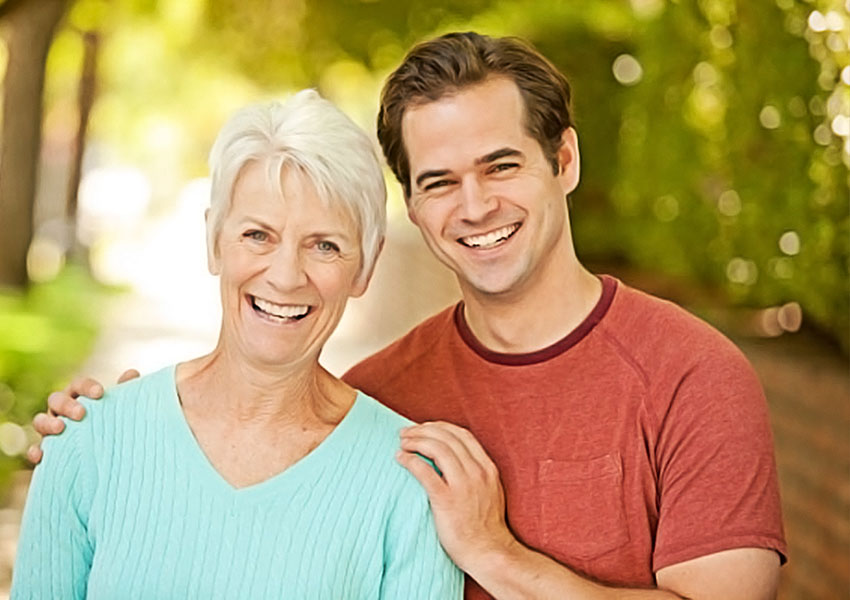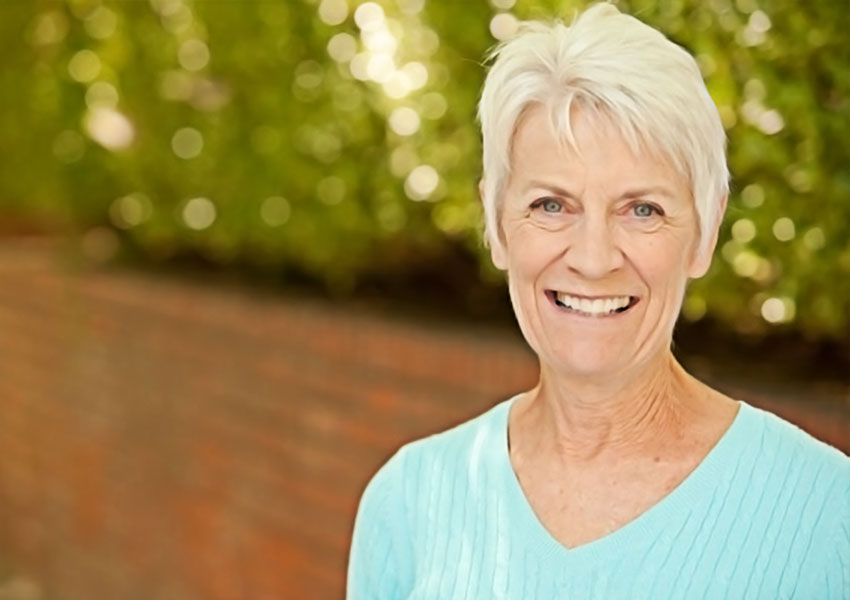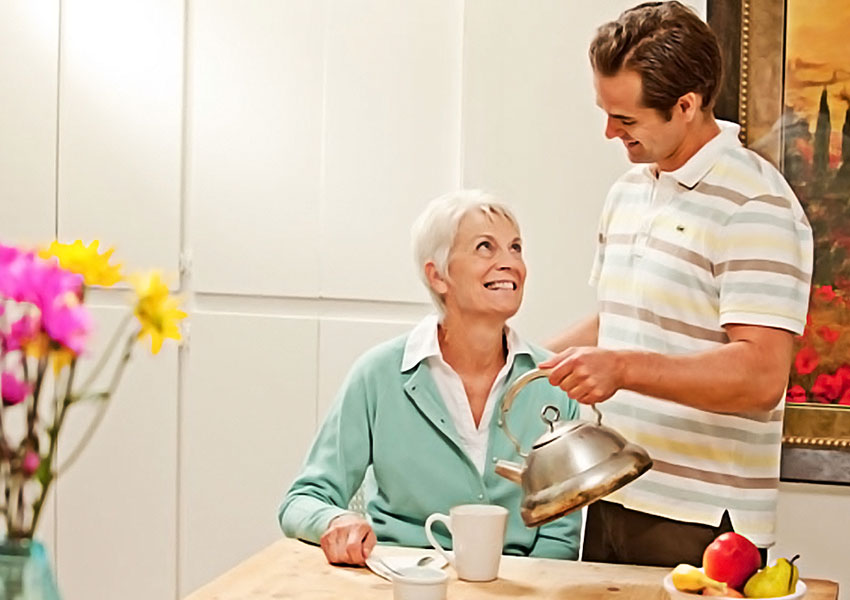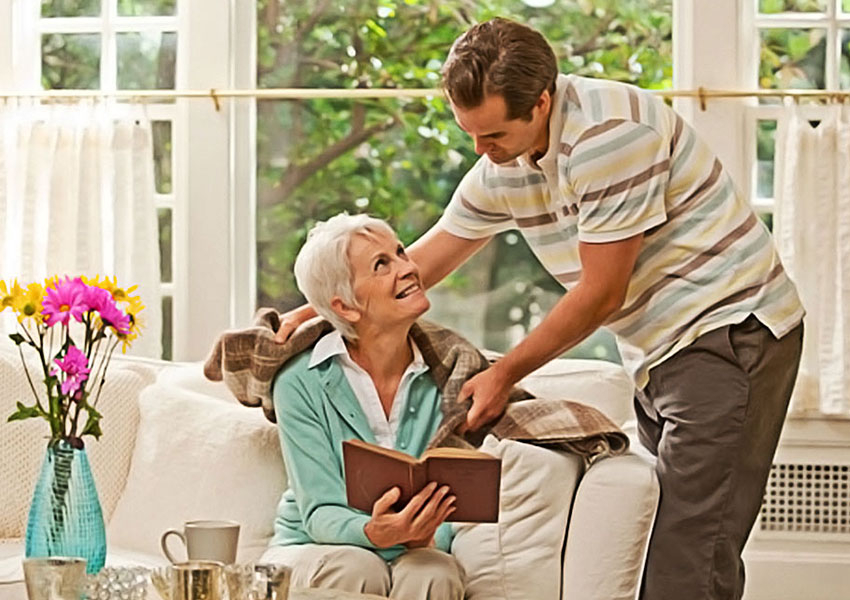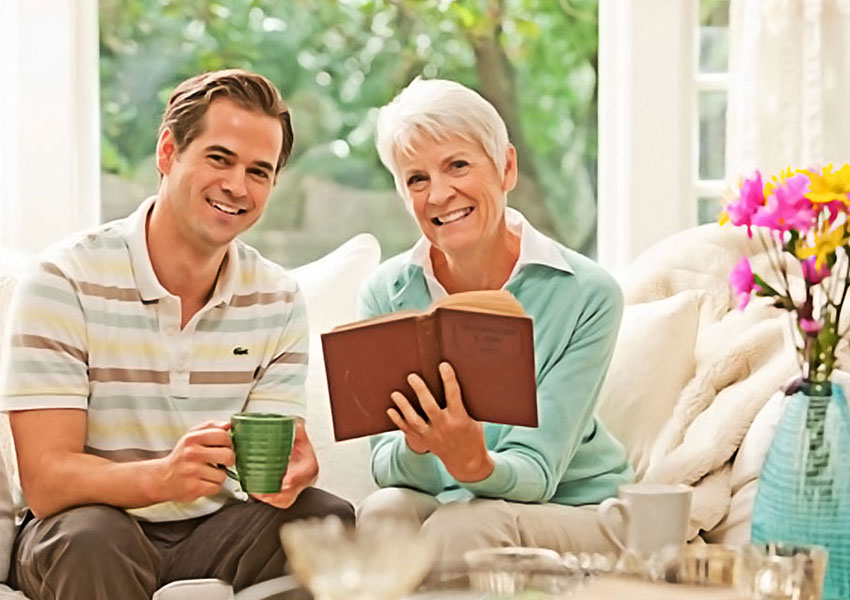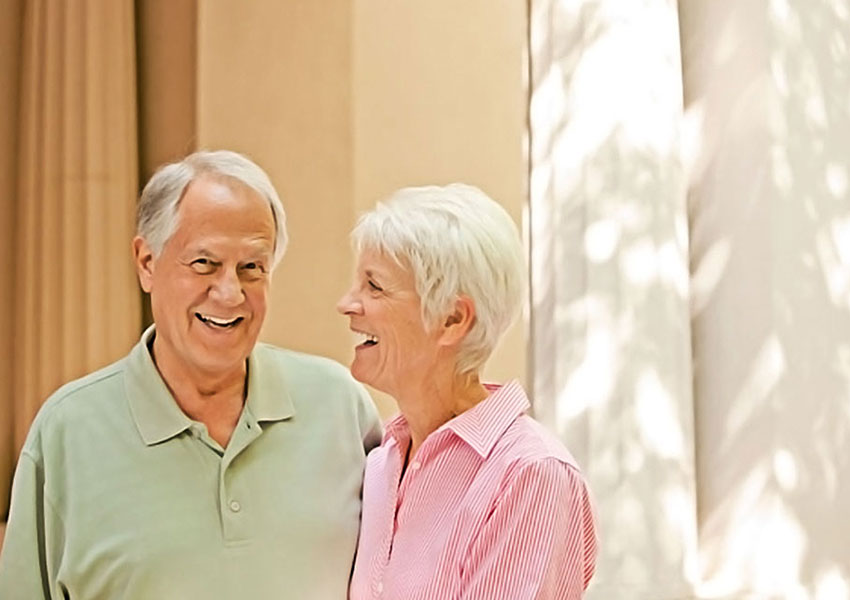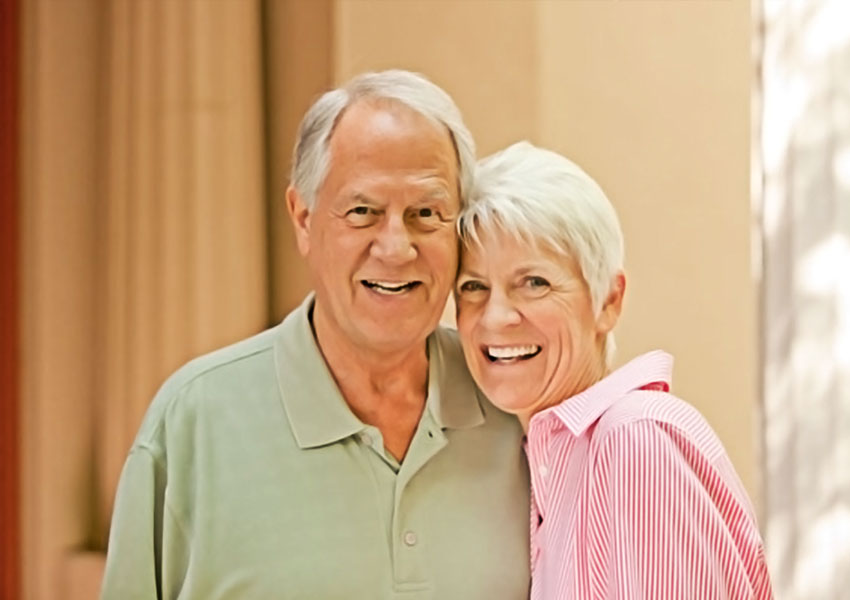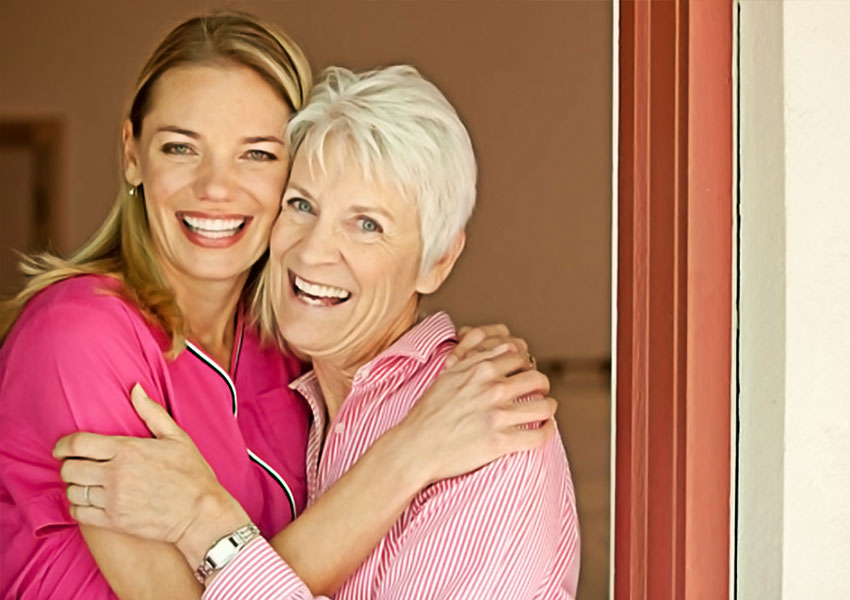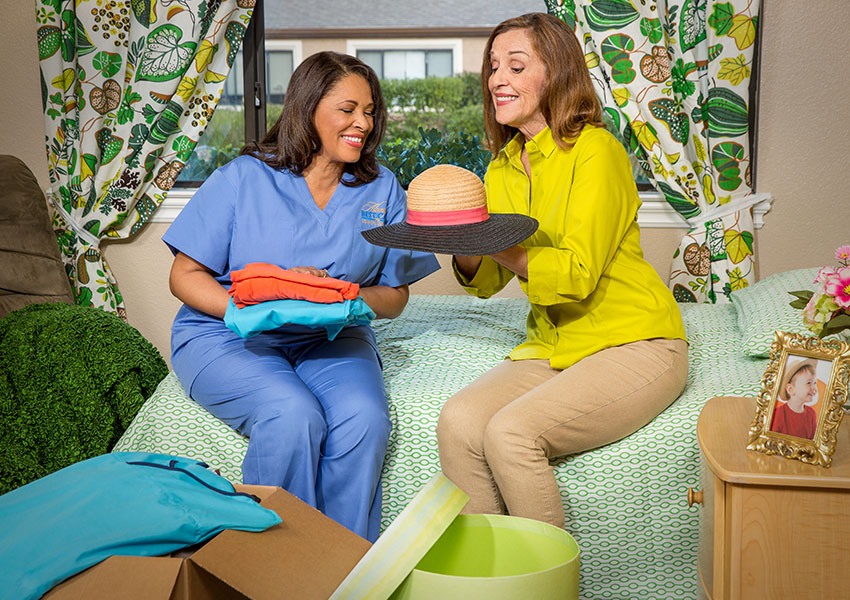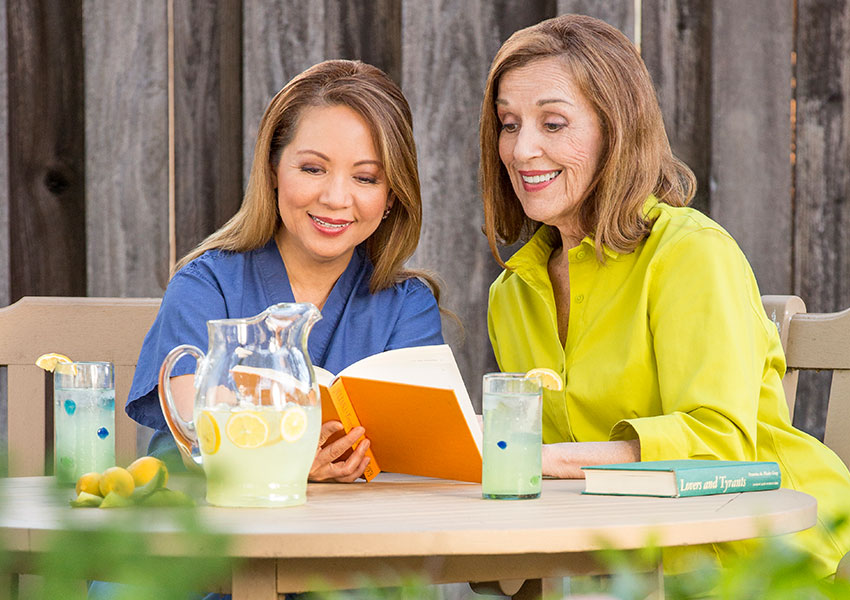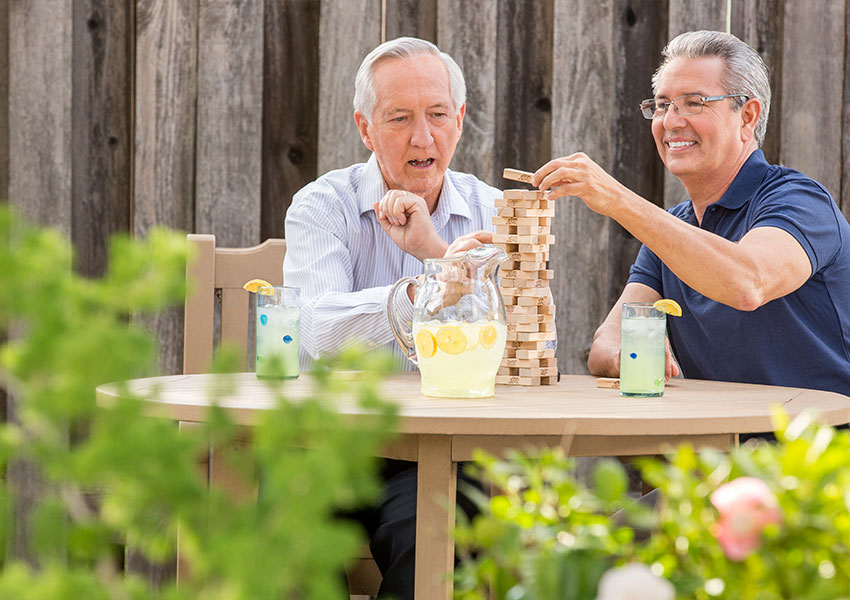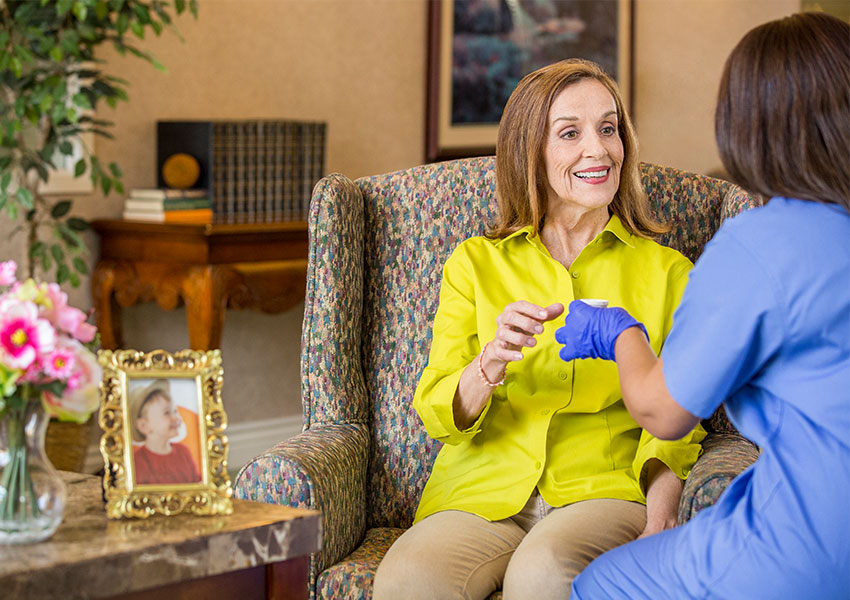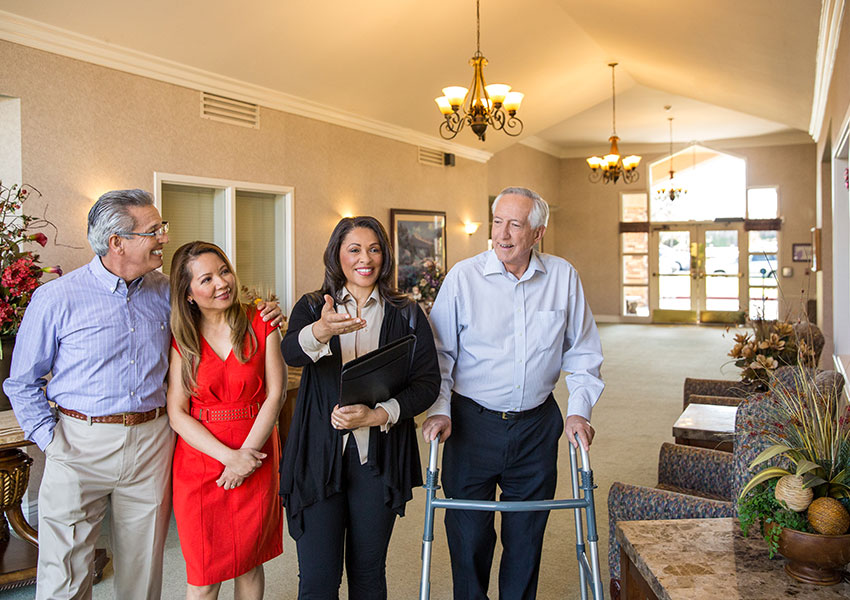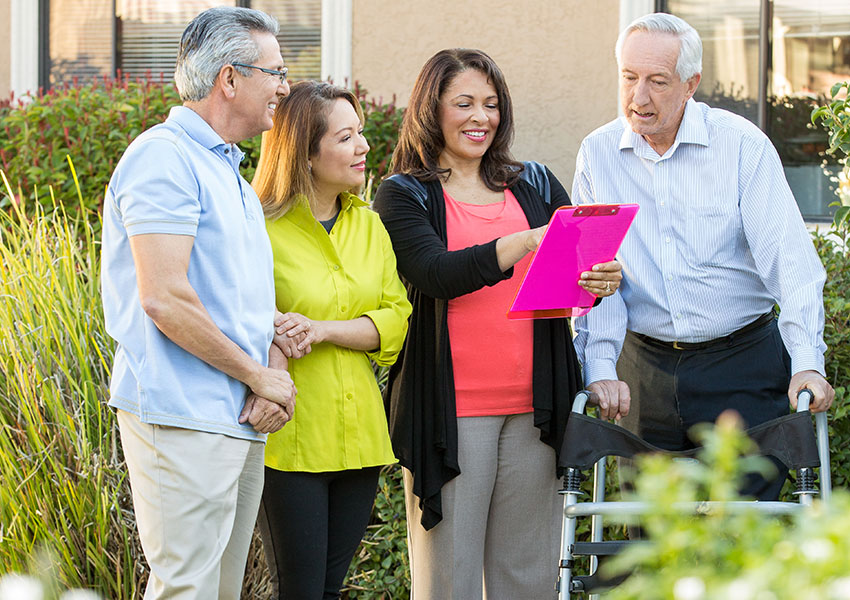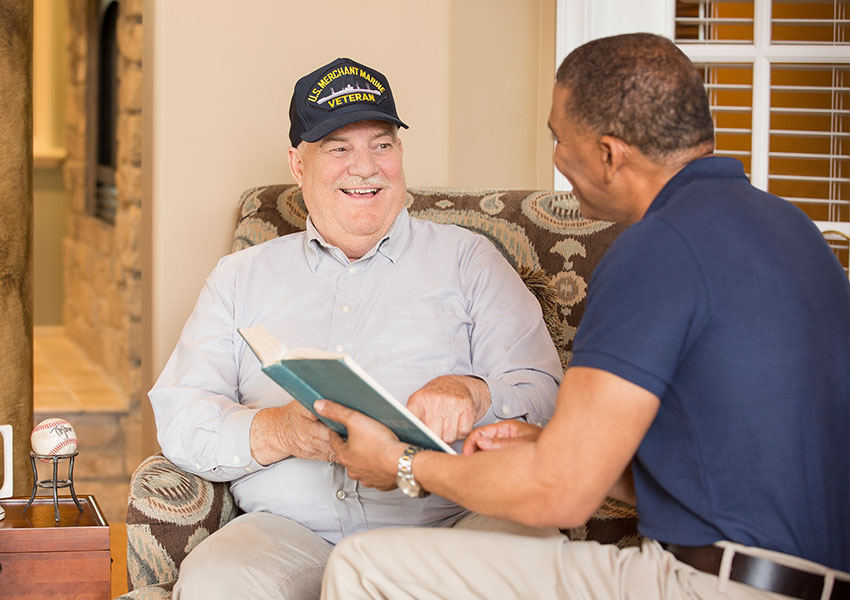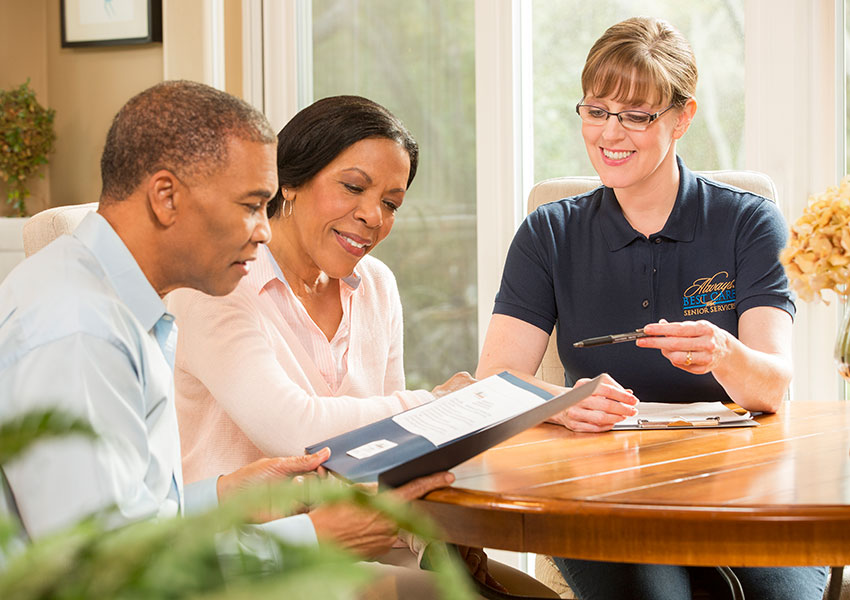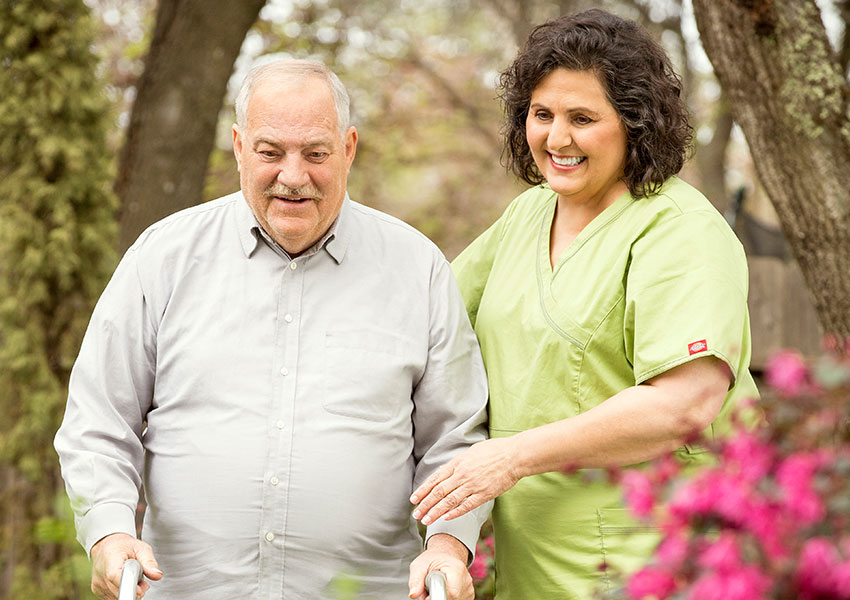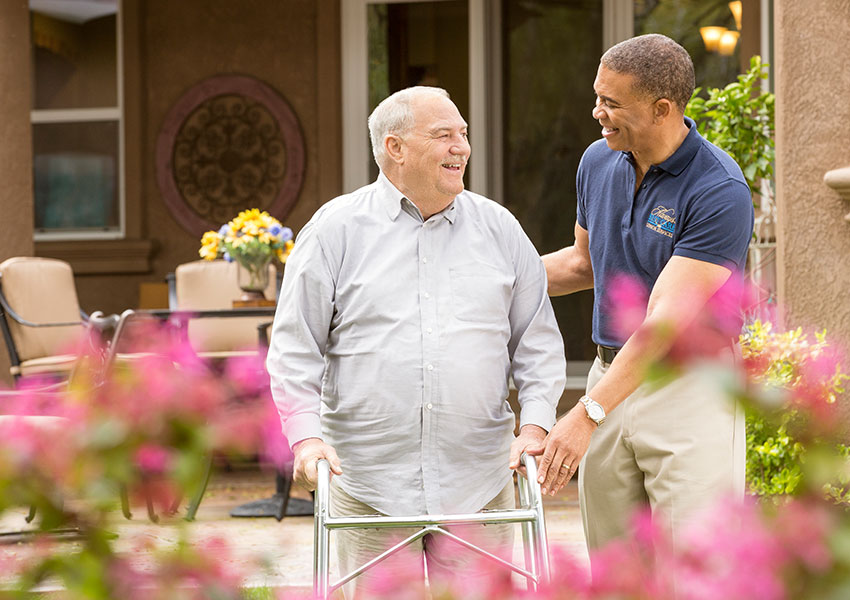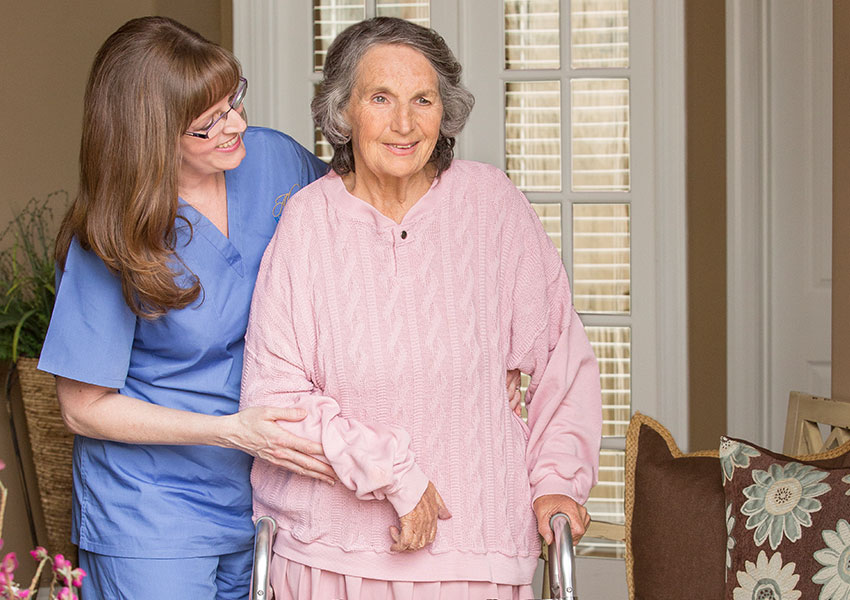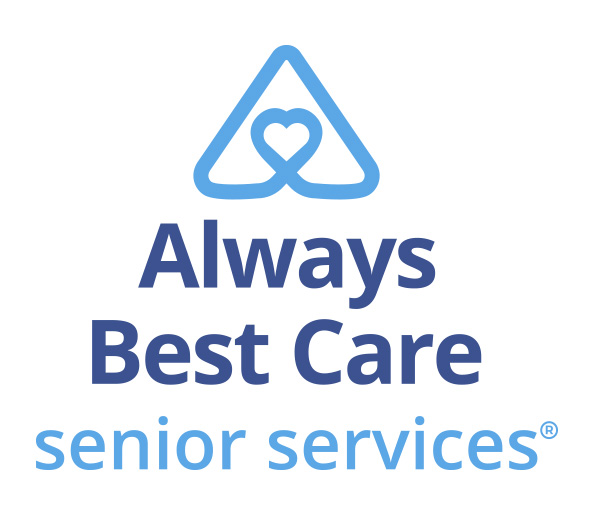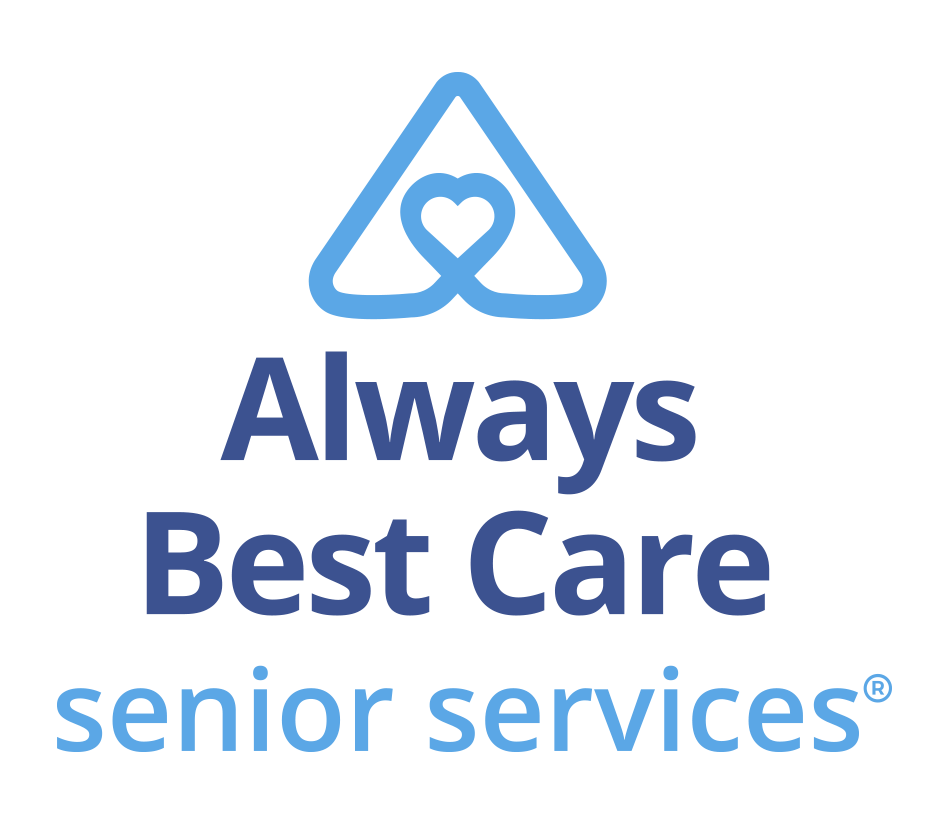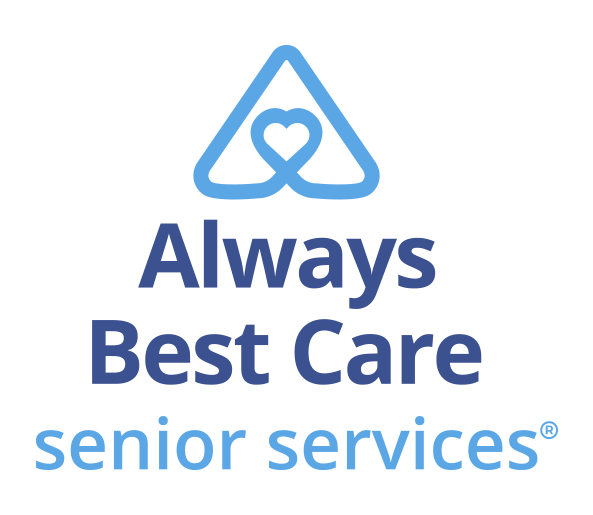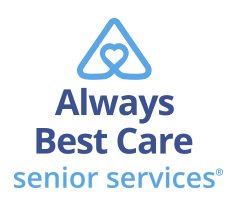Home is where the heart is for so many, providing more than shelter and security—it’s where memories are made and kept, and it provides a place for self-expression and independence for many seniors. Unfortunately, home accidents are a major cause of injury and even death for seniors, making it especially important to reduce safety hazards to the greatest extent possible. Feeling safe and secure in one’s homes naturally leads to a sense of comfort and well-being.
Here are some tips for improving interior home safety for seniors:
General Safety
- Store medications in a safe place and make sure they are clearly marked
- Ensure carpeting and throw rugs are in good condition and not worn, torn or turned up at the corners
- Make sure lamps and other appliances are in good condition and that cords are kept out of walkways
- Make sure door thresholds are level and do not present trip hazards
- Ensure that extension cords are not overloaded
- Keep smoke and carbon monoxide detectors in good working order
- Keep emergency numbers by the telephone, and make sure the telephone can be reached from the floor, in case of a fall
Kitchen
- Make sure the range top has a ventilating fan above and is not located near curtains or anything flammable that could cause a fire
- Ensure light switch is installed near the kitchen entrance and that kitchen is well lit
- Oven controls should be clearly marked and easy to turn on and off
- Knives should be kept in a secure rack or drawer
- Make sure there is enough countertop space on which to work
- Make sure flooring is non-slip, or rugs with no-slip backings are installed
Stairway and Hallways
- Stairs should be in good condition with no-slip grips or clearly marked edges, and free of clutter
- Make sure hallways have nightlights installed
- Light switches should be located at both the top and bottom of stairways
- Stairways and halls should be well lit
- Make sure foyer floor does not present any trip or fall hazards
Bedroom(s)
- Lamps or flashlights should be within reach of the bed
- Make sure there is a sturdy armchair for help dressing
- Ensure there is plenty of room to walk around the bed
- Install a nightlight to light the way to the bathroom
- Make sure there is a nightstand with plenty of room for a lamp, telephone, medications and other items.
Bathroom(s)
- Make sure the shower stall or bathtub has a non-slip rubber mat
- Grab bars should be installed inside the tub/shower and around the toilet to prevent falls
- Make sure the light switch is installed near the door
- Ensure the bathroom has a working ventilation system and a safe source of heat
- Install a night light
Living Room
- Chairs and couches should be easy to get in and out of and should be sturdy and secure
- Light switches should be installed near living room entrance
- Make sure electrical cords are out of walkways and are not under rugs where they can present a trip hazard or be damaged from foot traffic
- Ensure the living room is amply lit, with easy access to light switches
These are just some of the ways to improve home safety for seniors. Accidents in the home are common, but these and other preventive measures can help reduce the frequency of slips and falls. A non-medical in-home care representative like the professionals at Always Best Care can assist seniors and their family members in improving home safety.




